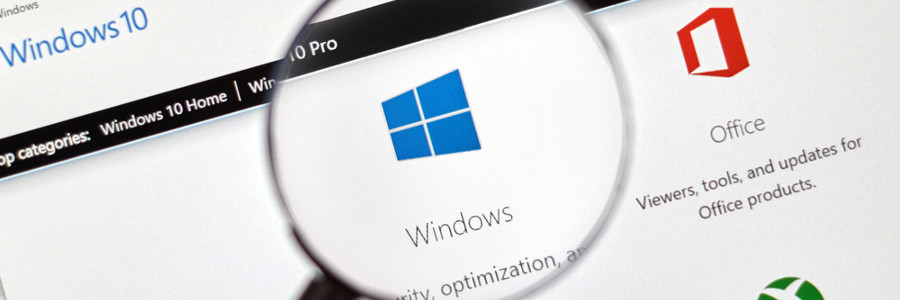Data is incredibly valuable. The more of it your business generates, the easier it is to predict market and customer behaviors. Analytics solutions aren’t always the right fit for small businesses, but that doesn’t mean their data isn’t valuable.
Tips on adding value to your business data
4 Questions About Backups That Business Owners Should Know The Answers To
The old saying, “Pack your own parachute,” comes to mind when I think of data backups or, more specifically, data RECOVERY. However, how many people actually know how to pack their proverbial data backup “parachute” and instead rely on someone else – be it an employee or vendor? If that’s you, read on. Since the absolute WORSE time to check your backups is AFTER a data disaster, all company CEOs ought to know the answers to the following questions NOW so they aren’t unpleasantly surprised later when data gets erased and they’re scrambling to get back up and running: Where EXACTLY is your data being backed up, and how do you get access to it? If it’s being hosted in a remote place, you ought to have the account information and a direct contact you can call if your vendor or employee goes missing with this information. Ideally, it should be in your network documentation that is kept in your operations manual or somewhere you can easily access it if necessary. Who’s responsible for monitoring the backups to make sure they are working? When data is lost, the finger pointing starts. It’s not uncommon to hear, “Well I thought (they/he/she) was in charge of our backups!” only to discover that this person (be it a vendor or employee) actually has no idea that they had such an important responsibility. Keep in mind that many offsite backup companies allow you to store your data there, but they won’t agree to ANY responsibility for whether or not the data is being backed up correctly, completely or in a format that can be restored. How often do you run a test restore? The only way to know if your backups are working properly is to… conduct a test restore or “fire drill” of your data. We recommend running this once a month at a minimum to verify that you can actually restore from your backups in an emergency. If your data is lost, what’s the process required to restore it? Some business owners don’t realize that their raw data backups would take a LOT longer to restore than they imagine. If you are not “imaging” your data (a process that takes a snapshot of your server as is) you will have to reload all of your software, set up the network, reconfigure your settings and THEN restore the data – a process that can take the better part of a week PROVIDED you still have your original software discs and licenses. Our Free Backup Audit will give you the answers to these critical questions. If you don’t know the answers to these questions, give us a call to schedule a FREE inspection of your backup process. At a minimum you’ll know for sure that your data is safe and in a format that can get you back up and running again FAST. Call: xxx-xxx-xxxx or email us at: yourname@yoururl.com
Should you worry about Facebook’s breach?
3 concerns with virtualization management

Virtualization can help boost operational efficiencies like never before, but you have to understand that the benefits aren't always immediate. As valuable as it is, it does come with flaws to those who don’t know how to properly adopt it. Here are a few concerns that can become an issue in virtualization adoption:
Backup
Incorporating a robust backup system in a virtualized setting can become a huge challenge.
3 tips to maintain a secure Facebook account

In March 2018, disturbing reports circulated on the web that revealed a company named Cambridge Analytica harvested confidential details of 50 million Facebook accounts. If you’re concerned that your private details are being passed around by private companies, consider the following 3 tips to maintain a confidential Facebook profile.
Secure PHI with tech defenses
Phishing hits businesses at tax time
Ransomware appears as fake Windows Update

Unlike those who attend Hogwarts, magicians rely mainly on subtle sleight of hand to convince others that they managed to make coins disappear into thin air. The same concept applies to ransomware. How can it complete its mission in a suit labeled with the word “Villain”? Nowadays, ransomware fashions various disguises that render it undetectable.







